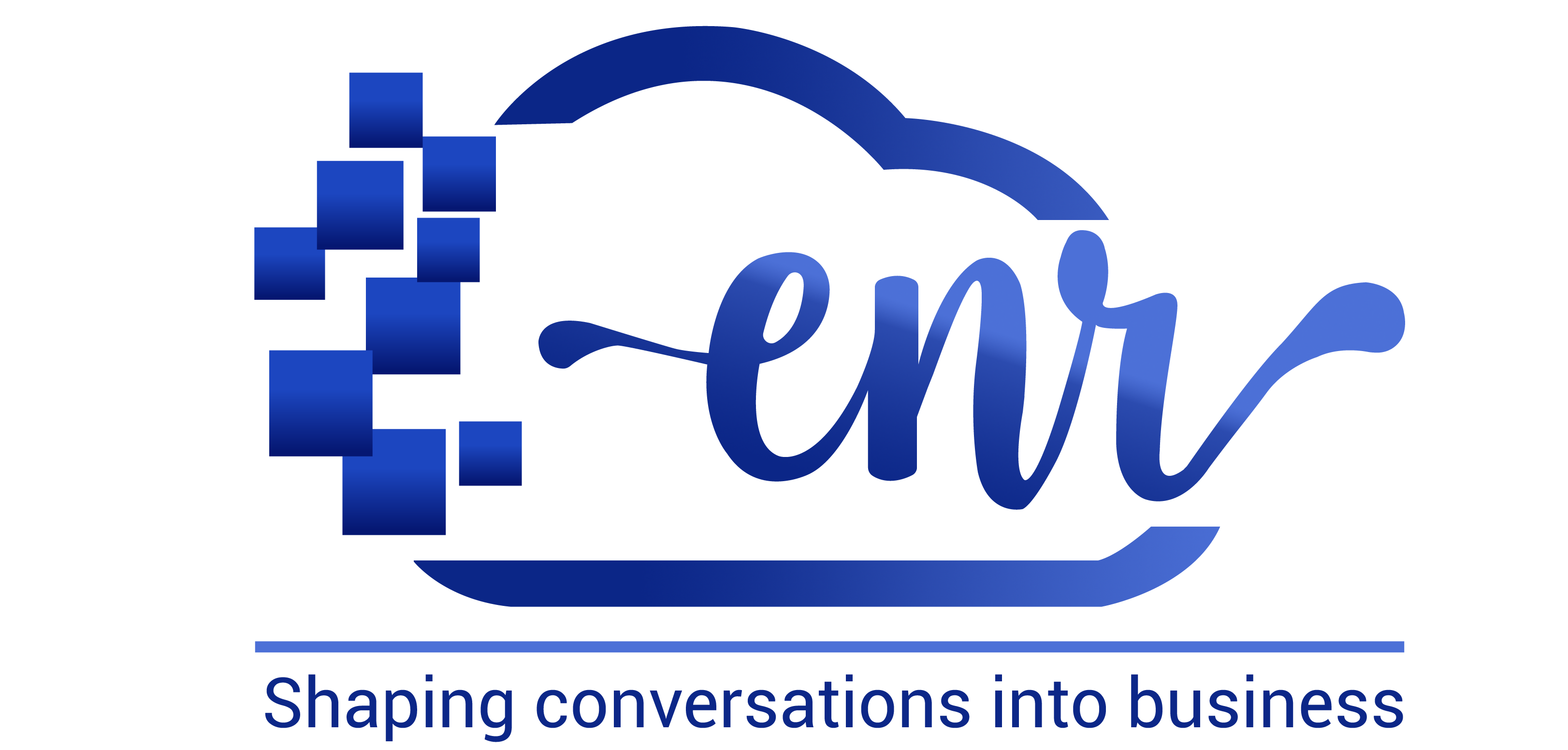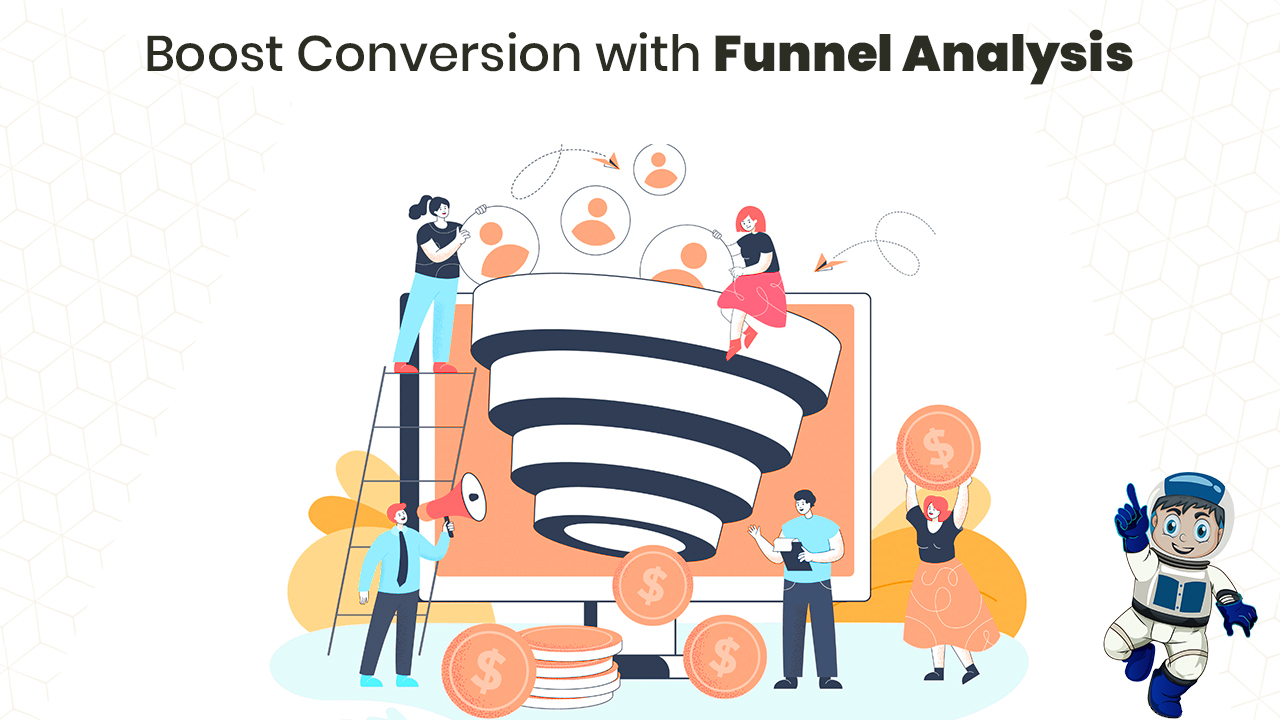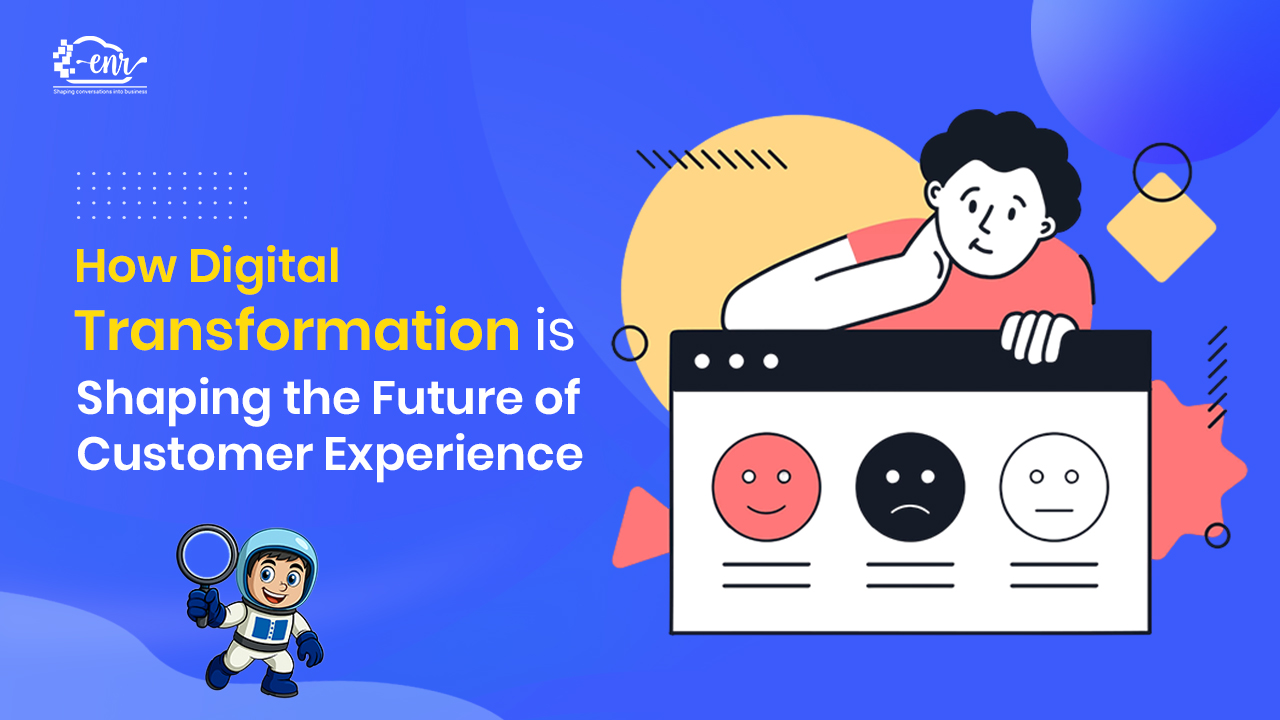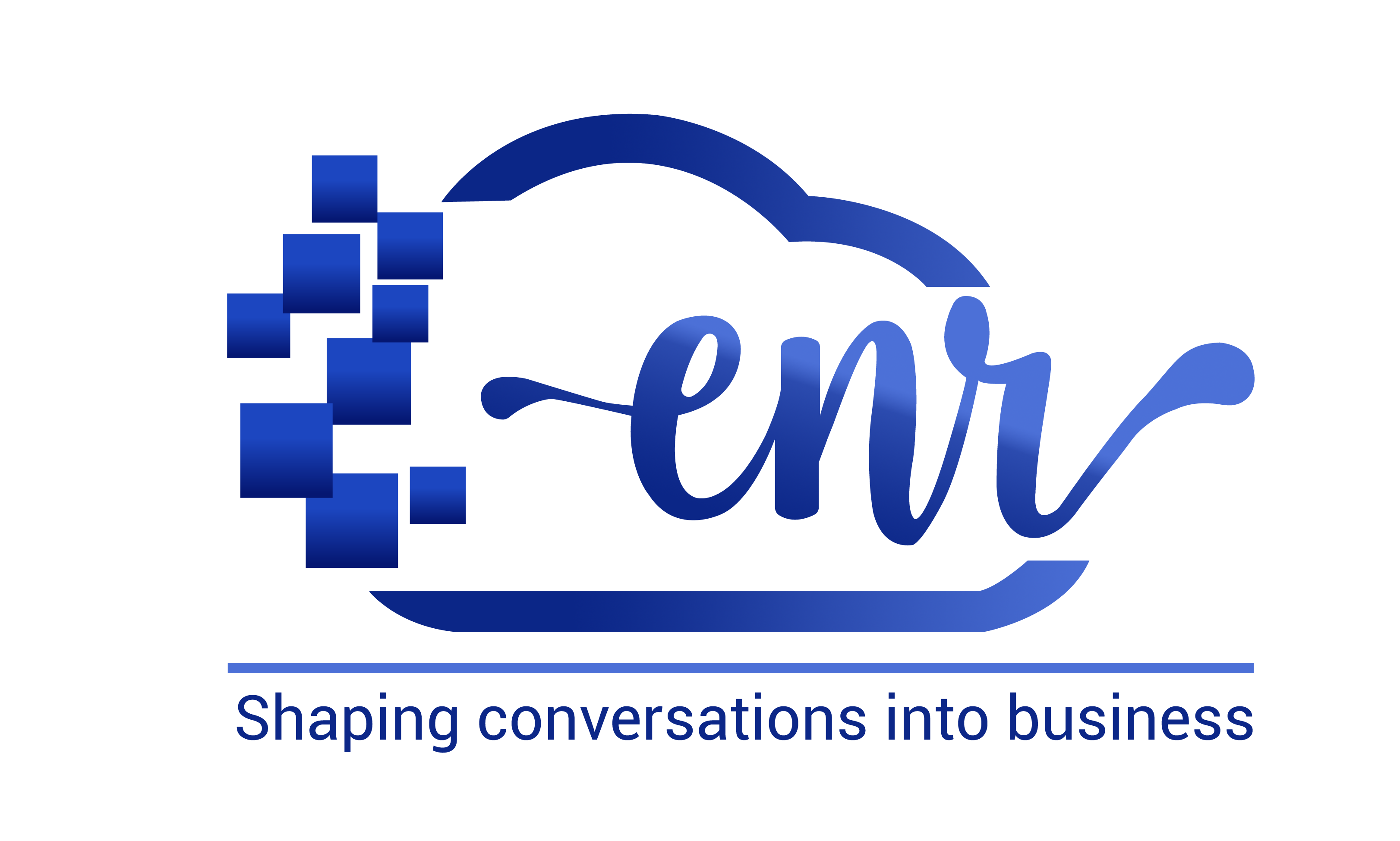In today’s scenario, it is very critical to understand how a first-time visitor can register with the brand and after registration, they will make their first purchase and turn into a customer. With the help of Funnel analysis, brands can convert anonymous users to registered users. A Brand can understand the drop-off stage and identify the reasons using Funnel Analytics.
Table of Contents
ToggleWhat is Funnel Analytics?
Funnel is a process, which helps businesses convert a visitor into a registered/purchase/loyal customer. It’s a series of a customer journey, where visitors move through the different stages before they become your registered customers.
This helps a business to visualize and understand the process of attracting, engaging, and converting prospects into customers. Funnel Analytics helps brands to take corrective action at the right time, via the right channel, to the right audience with the right content in place.
Funnels Analytics has 3 categories:-
- Tofu- Top of the funnel
- Mofu- Middle of the funnel
- Bofu- Below of the funnel.
8 Steps Of Funnel Analytics;-
1- Awareness (TOFU): When a brand promotes its product/service by doing paid marketing campaigns, SEO, Social media campaigns, PPC, and Engagement with their own databases using Email, SMS, WhatsApp, Notification, etc. so that users can be aware of the product/service, it’s called awareness stage.
2- Interest (MOFU): When a user is aware of the product/service, the next stage for a brand is creating the user’s interest in the products/services as per the customer needs. For this, brands can send newsletters, webinar links, ebooks, etc.to the segment of users so that they can stay updated with the brand offerings.
3- Consideration: Customers are more educated and informed now as they can access the detailed information from the internet. They do research, compare the product with close competition, check reviews, payment options and offers. This is the stage where end customers consider the product.
4- Intent: This is a crucial stage where a user wants to purchase the product/services by sign-up for a trial demo. This is freemium to premium stage where on the basis of the demo/Walk through they make the final purchase.
5- Evolutions (BOFU): This is the almost final stage activity where users majorly compare the product with 2-3 nearest competitors’ products. This is where brands can send more informative emails.
6- Purchase: This is the bottom stage of Funnel where a user makes a transaction and purchases the product/service. The focus for a brand is to provide a smooth checkout experience to the customers so that they will not leave the product/service behind in the cart or leave the website.
7- Loyalty: After the purchase, the brands like to retain the customer to meet their CLTV metrics which means to increase the customer lifetime value. Brands can run loyalty programs, rewards, Coins in this stage for consistent revenues.
8- Advocacy: This is the most amazing stage for any brand as the happy and satisfied customers suggest or refer the product to others or within their closed connections. The conversion rates are quick and faster as compared to other stages.
Why is Funnel Analytics Important for Businesses?
Understanding the Problem statement: Funnel Analysis helps the business to understand the customer life cycle. It showcases why and where the users are dropping at the website without completing the desired action.
The funnel shows the entire path along with the multiple stages of the customer buying cycle. A brand can take the corrective action and create the segments accordingly.
Understand Customer Behaviour: Funnel Analysis helps businesses to understand the customer’s behavior, how the user interacts with the website, what they are looking for, where they are spending most of the time, what is their favourite product category and more.
Based on customer time spent, interest, preferences, drop-off, the brand can create the different segments and engage with their users accordingly.
Optimizing the conversation Rate: Funnel Analytics are the game changer when it comes to optimising the overall conversations rates as brands can set the logic at the backend and create the customised and personalised user journeys.
How Does Funnel Analysis Help in Boosting Conversions?
Identifies Bottleneck: The brands can identify the major roadblocks in customer’s buying journey or customer life cycle. When you are targeting the users in real time you can get better conversions.
Personalized Marketing: By using Funnel analysis brands can personalised each communication and this helps to activate the dormant users to engage users.
Improved User Experience: By using Funnel analytics, Brand can create a strategy at each touch point and provide the expected user experience.
Data-driven Approach: Funnel analysis provides the data that helps businesses understand the customer flow/buying cycle and trigger communication accordingly.
Simple Steps to Do Funnel Analysis
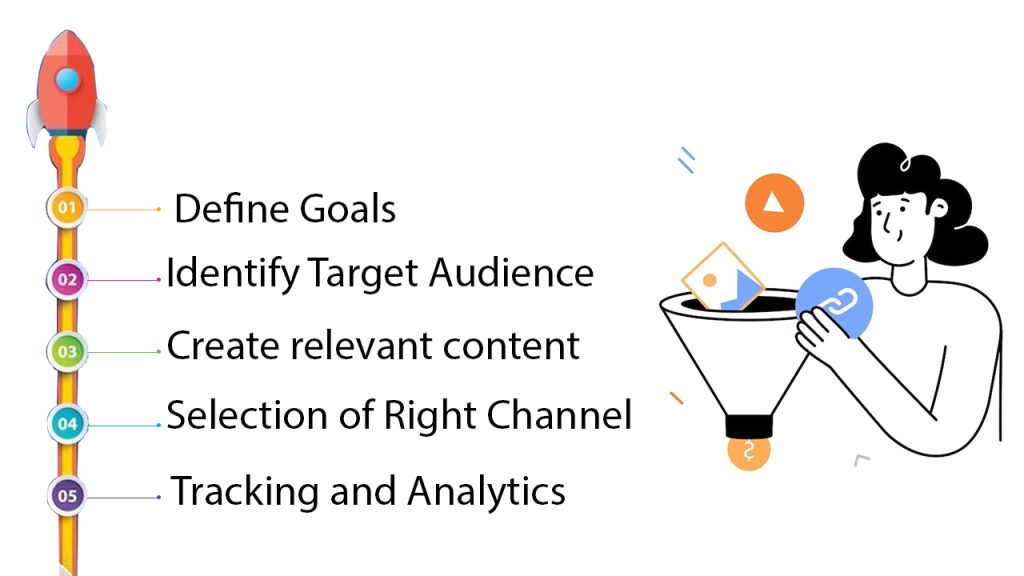
1- Define the Goals: The Brand first needs to understand what they want to achieve from the funnel. Whether it’s generating leads and data enrichment, selling any product/service, increasing the brand awareness or they have any other specific objectives. Once businesses understand and have the clarity, they can set the defined rules accordingly.
2- Identify Targeted Audience: Businesses need to understand who the real target audience are or to whom they want to target and where they are in the customer journey. This helps the businesses to send the tailor-made message at each and every stage of the funnel.
3- Create Relevant Content: Create the relevant content for the target audience. This content needs to address the requirements and interest of the target audience at each stage of the Funnel. Content could be in the form of the blog, social media post, infographic post at the stage of the awareness. Whitepaper, webinar, case studies at the stage of consideration, demo, or trails at the stage of decision.
4- Right Channel: Select the right channel to contact your audience and guide them through the funnel. This can be websites, email, WhatsApp, social media posts. There is a higher chance of the engagement of the audience when the brand is reaching out to them via their most preferred channel.
5- Tracking and Analytics: Set up tools like Google Analytics, Facebook Pixel or other tracking software to monitor the performance of the visitor at every stage of Funnel. Analyze the data and identify the area of the improvement and take the immediate corrective actions.
Funnel is a powerful way to understand the improvement of the customer journey from a first-time visitor to an end customer.
Are you using Funnel Analytics? Do you know why the customers are leaving your website? Do you know what your D0 and D7 App Uninstall rates are?
Do you want to understand more about Funnel, Cohort, RFM Analytics? If yes, Let’s connect along with our MarTech Expert to discuss the current problem statement in detail. Kindly log in to www.enrcloud.com or write to us at hello@enrcloud.com.
Also Read- 6 Obstructions that Can Derail a Customer Buying Journey
Amit Bhateja is the co-founder of enrcloud and helping brands and Unicorns from the last 15+ years and overachieve their Engagement and Retention goals. He is passionate about solving customer problems with modern technology, new age solutions, and consultancy approach. Besides Building ENR, He enjoys reading books, spending time with his family and Teammates, traveling, meeting new people, learning new things, and love to close the business deals.
